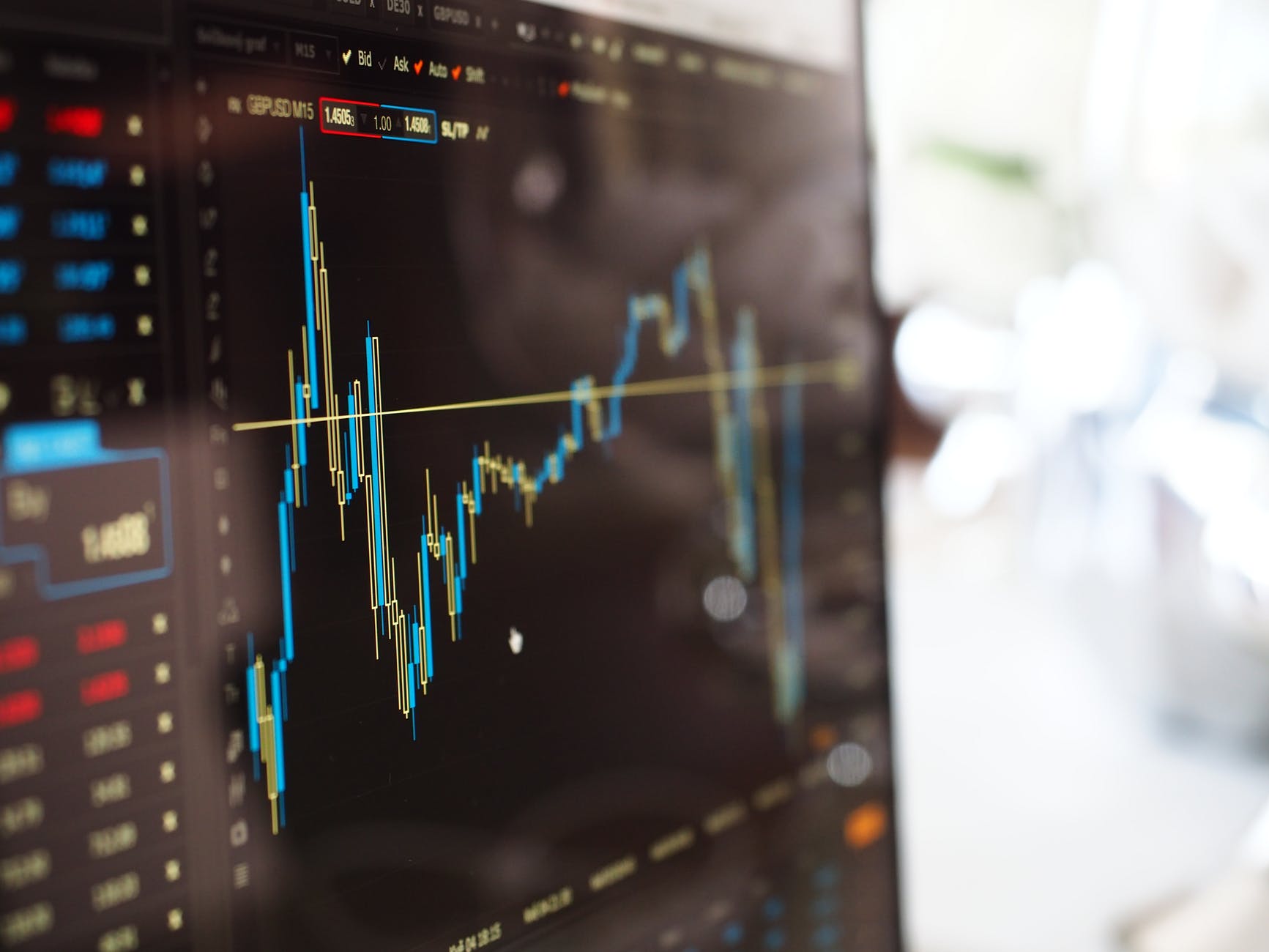You’d be hard-pressed to find someone in your circles who isn’t scrambling to find an alternative source of income one way or the other. Monthly wages aren’t cutting it for most people, and quite a few keep working to find a secondary income or a small project to invest in. Some resort to the stock market, volatile as it is, in the hopes that they would get lucky.
Others try their luck with the forex market where they trade in foreign currency. One of the better options out there is one that you can try with both stock and forex markets –– day trading. It is defined as buying and selling financial assets over the course of a day, leveraging the small price changes to make a profit. Here’s how you can get started in that world:
Choose Your Market Wisely
There are plenty of financial assets for you to trade in, but you have to choose which market you want to delve into. A successful day trader makes quite a few trades within a business week, and you can’t do that by jumping between markets, not at first at least.
You can start with the stock market, for instance, where company shares are up for grabs. Or you can try trading in foreign currencies in the forex market, which is where pairs like (EUR/USD) are traded.
There is also the futures market, but that might be a bit tricky. So where should you trade? Well, that depends on several factors, and no market is better than the other really. It depends on what you want to trade-in, and how much money you have –– to trade in futures you need a lot of money, for instance, unlike forex where you can trade with as little as $50.
Do Your Homework
Contrary to popular belief, day trading isn’t just something that you can do on the side. If you treat it as such, you will not make any money. Instead, you will probably lose a lot because it is a job that requires time and attention. If you want to start day trading, you have to do your homework.
Knowledge is everything for day traders, and you have to learn about everything happening in the financial world so you can trade successfully. As explained in Tim Grittani’s in-depth training video course entitled Trading Tickers, you can take a course on trading in penny stocks to get started, and you’ll become a millionaire in no time.
Those training courses are ideal for anyone new to this world. To start off on the right foot, you need to keep track of world events that might affect stock prices, interest rates, how the economy is doing, and any other details that might help you predict market fluctuations. You obviously need to acquaint yourself with how day trading works and the necessary procedures and regulations, too.
Manage Your Resources
In day trading, your resources are your time and money, and you have to manage both carefully. A successful day trader isn’t one who risks it all without weighing the consequences, but someone who sets a risk limit per trade that they cannot go over. This is what all experienced traders do, and you have to do it, too. So, set a risk limit per trade –– 1% to 2% of your account is usually a reasonable limit.
On the other hand, as we mentioned earlier, day trading is a job, and you have to make a lot of time for it. So, make sure you can spare that time or else you shouldn’t try day trading because you have to invest time in tracking the markets and you need to be able to act quickly if you saw an opening.
Choose a Trading Platform
At first, you can try your luck with several trading platforms. There are different ones for the available markets you can trade-in. You can find various platforms for futures and forex traders, for instance, and you have many others for stocks.
Take your time trying out different ones according to your trading style and market needs. With time, as you get better at day trading, you will be able to settle on just one trading platform that will be perfect for the market you’ve chosen as well as your trading style.
You need to understand that day trading is intricate and there is much that you will need to learn about this world before you get started. However, you will get better with time and effort, but you need to be consistent.
This isn’t the type of work where you can trade when you’re feeling like it and log off when you’re not in the mood. Consistency is key in day trading, and it is often recommended that you trade on the same hours every day.






